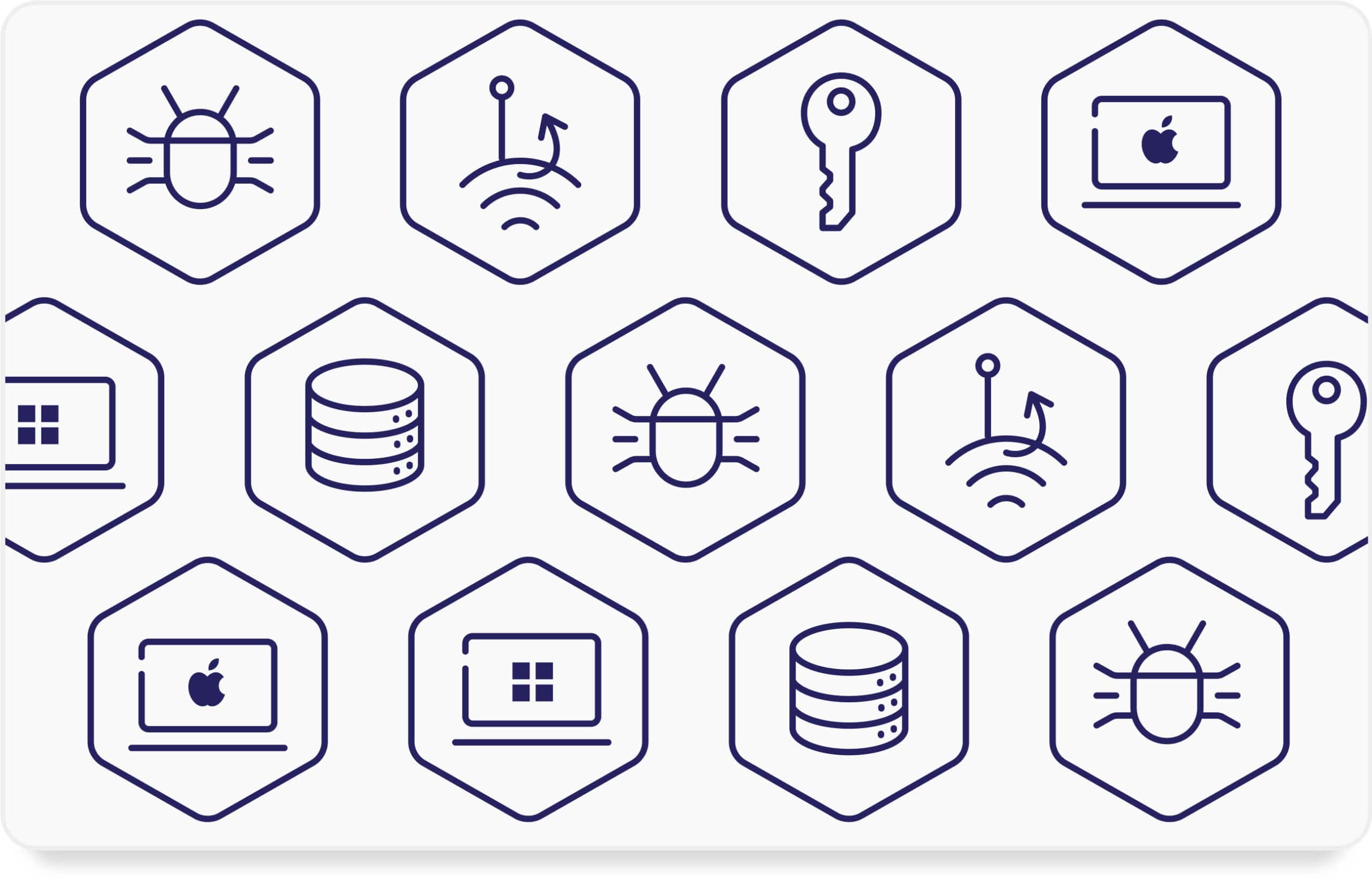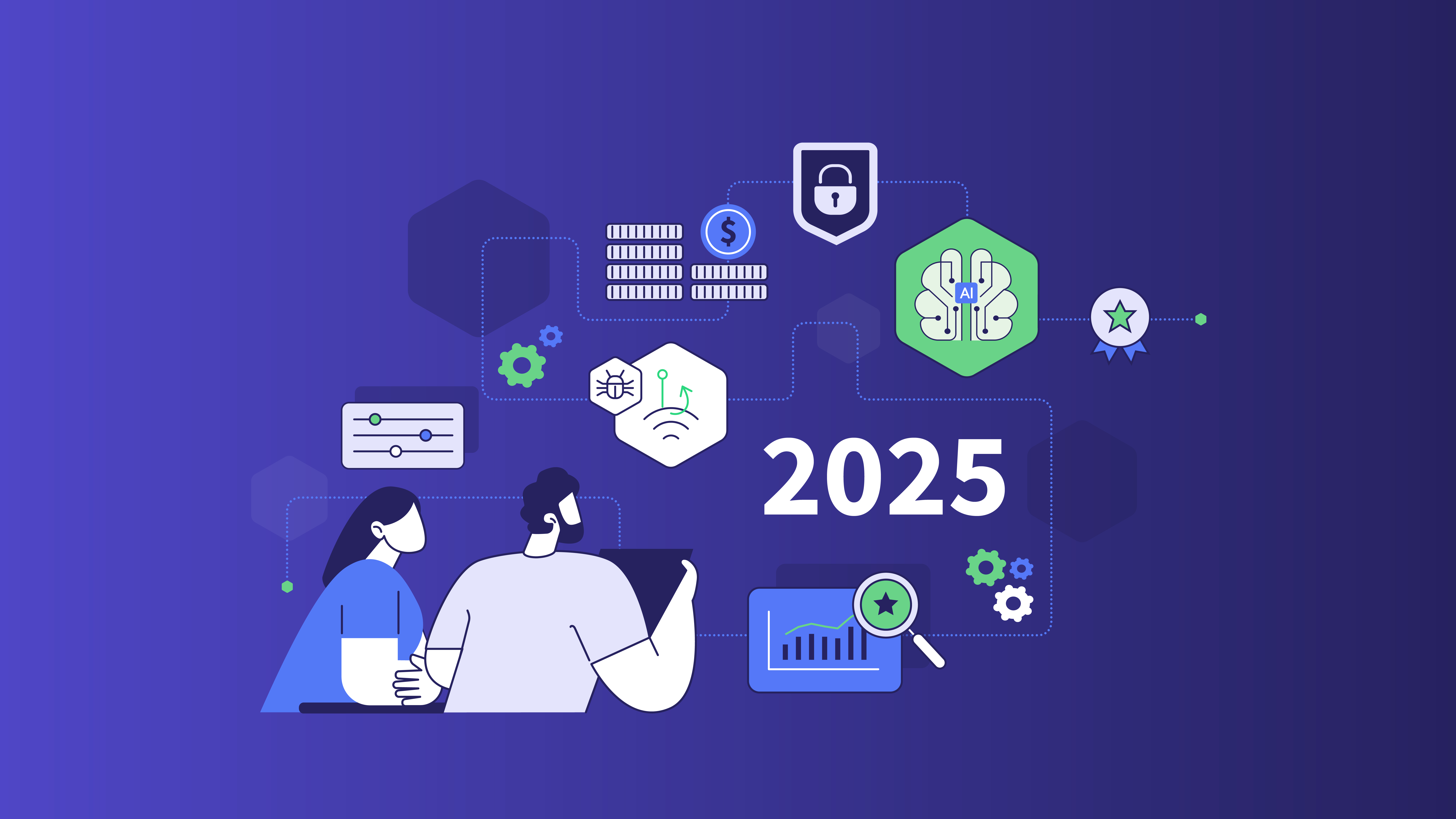A Threat Intelligence Platform (TIP) is a cybersecurity tool that acts like a central hub for threat information. It gathers data about potential cyberattacks from various sources, analyzes it to understand the bigger picture, and provides actionable insights to security teams.
Forms/Types of Threat Intelligence Platforms
While there’s no single “type” of TIP, they can be broadly categorized based on their focus and functionality:
- Commercial TIPs: Offered by cybersecurity vendors, these platforms provide a comprehensive set of features, including data aggregation, threat analysis, and integration with other security tools.
- Open-source TIPs: Freely available platforms with a focus on community-driven threat intelligence sharing. These might require more technical expertise to set up and maintain.
- Cloud-based TIPs: Delivered as a service (SaaS), these platforms offer scalability and ease of deployment, ideal for organizations with limited IT resources.
- On-premise TIPs: Installed and managed within an organization’s own data center, providing greater control but also requiring more infrastructure investment.
A Threat Intelligence Platform (TIP) is like a detective solving a case. It gathers information on cyber threats, analyzes the connections, and helps your security team identify and stop attacks before they happen.
Why Should Businesses Care About Threat Intelligence Platforms?
Cyber threats are constantly evolving, and traditional security solutions might not be enough. Here’s why TIPs are crucial for businesses:
- Proactive Threat Detection: By analyzing vast amounts of threat data, TIPs can identify new threats before they can impact your organization.
- Improved Threat Analysis: TIPs provide context and insights into attacker motivations, tools, and techniques, enabling better-informed decisions.
- Reduced Response Times: Faster identification and analysis of threats lead to quicker and more effective incident response.
- Enhanced Security ROI: By prioritizing threats and allocating resources efficiently, TIPs can help organizations optimize their security investments.
- Improved Threat Sharing: TIPs can facilitate information sharing with other organizations and industry communities, strengthening overall cyber defenses.
Threat Intelligence In the Context of Cybersecurity Frameworks
Cybersecurity frameworks like NIST Cybersecurity Framework (CSF) and MITRE ATT&CK framework provide a structured approach to managing cybersecurity risks. TIPs play a vital role in implementing these frameworks.
By identifying threats, TIPs inform decisions for protection strategies, improve detection capabilities, and support faster response and recovery processes.
TIPs also provide the data and insights needed to continuously improve an organization’s security posture. Threat intelligence findings can be used to update security controls, test defenses, and refine incident response plans.
Cybersecurity frameworks and TIPs work together to create a holistic approach to cyber defense. Frameworks provide the structure, while TIPs provide the real-time threat intelligence to make those frameworks actionable.
Related Systems or Technologies
Several systems and technologies work alongside TIPs to create a robust security ecosystem:
- Security Information and Event Management (SIEM) systems: Collect data from various security tools and network devices, which TIPs can then analyze for threat indicators.
- Endpoint Detection and Response (EDR) solutions: Monitor endpoints for suspicious activity, providing valuable data for TIP analysis.
- Vulnerability scanners: Identify weaknesses in systems and applications, which TIPs can use to prioritize threats targeting those vulnerabilities.
- Firewalls and Intrusion Detection/Prevention Systems (IDS/IPS): Provide essential frontline defenses, and TIPs can help optimize their effectiveness based on real-time threat intelligence.
Related Regulations or Compliance Goals
Many regulations, like HIPAA and PCI DSS, require organizations to implement measures for threat detection, vulnerability management, and incident response. These frameworks often follow a structured approach like the NIST Cybersecurity Framework (CSF) with its identify, protect, detect, respond, recover, and govern phases.
TIPs directly feed into this process:
- Identify: Threat intelligence helps identify potential threats and vulnerabilities.
- Protect: Insights from TIPs can inform decisions on strengthening security controls to mitigate identified threats.
- Detect: TIPs can analyze data from various security tools to improve threat detection capabilities.
- Govern: TIPs help teams stay on top of current cybersecurity threats year round.
- Respond: Faster identification and analysis of threats through TIPs lead to quicker and more effective incident response.
- Recover: TIPs can inform recovery efforts by providing insights into the scope and impact of a security incident.
TIPs also provide the data and insights necessary to continuously improve an organization’s security posture. Security teams can use threat intelligence findings to update security controls, test defenses based on real-world threats, and refine incident response plans.
It can also be used to support regulatory compliance:
- HIPAA: The Health Insurance Portability and Accountability Act mandates safeguards for protecting electronic protected health information (ePHI). TIPs can help healthcare providers identify threats targeting their IT systems that store ePHI.
- PCI DSS: The Payment Card Industry Data Security Standard outlines controls for organizations that handle credit card information. TIPs can provide insights into emerging tactics used by credit card fraudsters, allowing organizations to strengthen their defenses.









